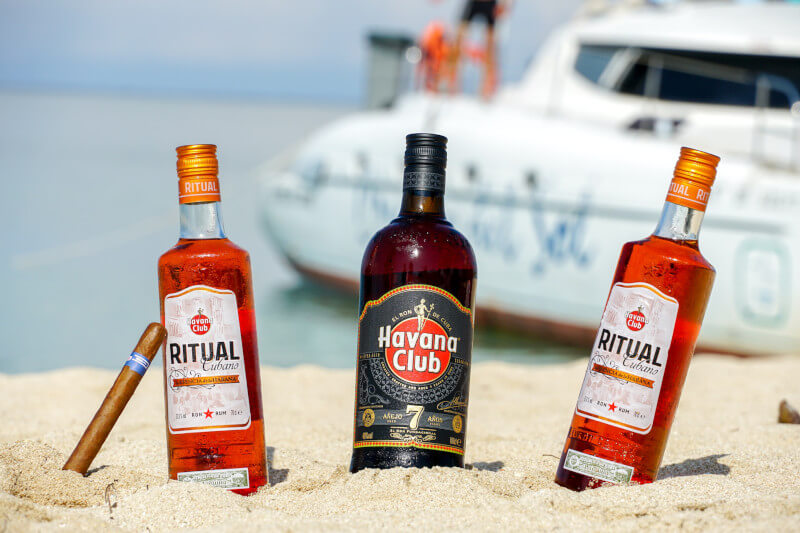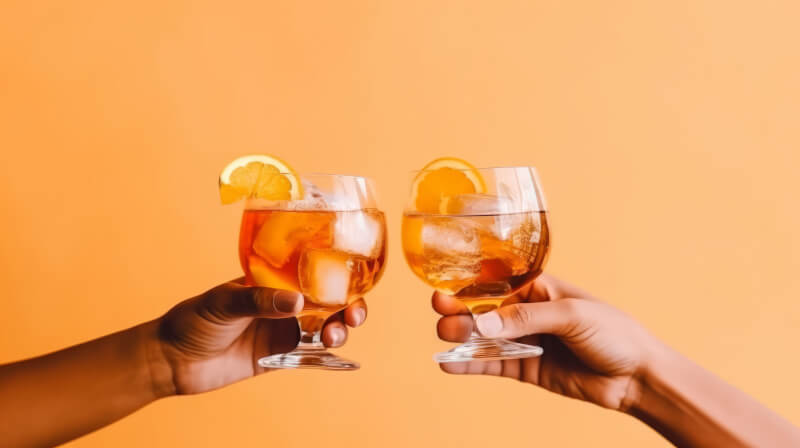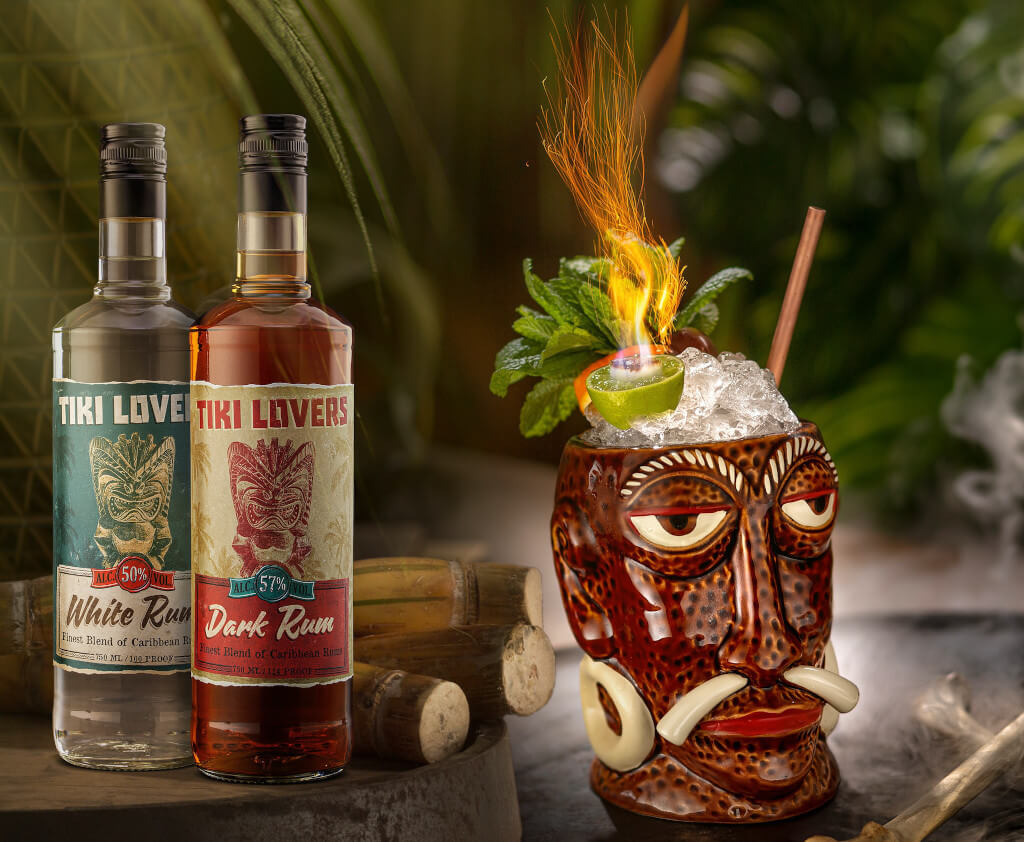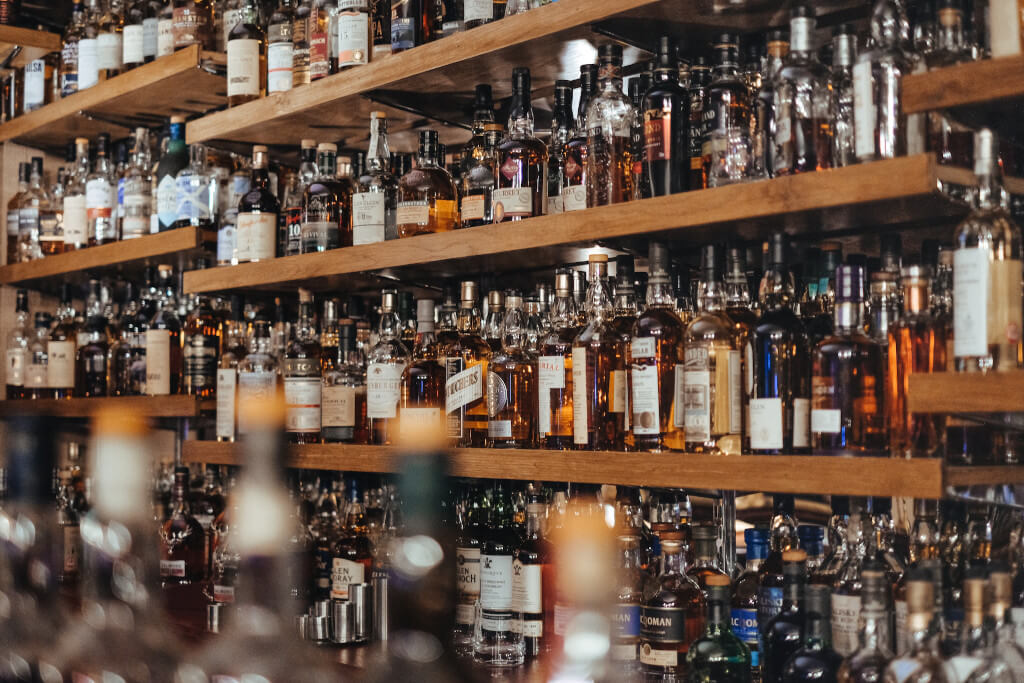The golden liquid that gently sways in your glass, with the promising aroma of exotic escapades, hides a history that’s often whitewashed. For anyone who enjoys the occasional cocktail with a Caribbean twist, there’s a story behind rum that’s more potent than its alcoholic content. Let’s trace its roots and understand the significance of decolonizing the Caribbean rum industry.
Caribbean Rum’s Tangled Past
Whenever rum makes its appearance in popular culture, it’s often accompanied by pleasant tropical vibes. But it’s important to realize that rum’s legacy is intertwined with dark eras of colonization and slavery.
As early as 1651, Europeans left their imprints on Barbados, influencing the trajectory of rum production. While indigenous communities existed long before, the colonial era saw forced labor become the backbone of the industry. The role of enslaved Africans was pivotal. Their sweat and toil were harnessed to cultivate sugar cane plantations and lay the foundation for what would eventually become the global rum trade.
Dr. Natasha Lightfoot paints a somber picture of this period, highlighting the brutality of the forced labor system. For close to three centuries, enslaved individuals, irrespective of their age, were subjected to unending physical and psychological torment. Their work days were long, perilous, and entirely devoid of dignity.
Caribbean Indigenous Rum Production Traditions

While contemporary narratives frequently link the history of rum to European colonization and the exploitation of enslaved African labor, the origins of distillation and alcohol consumption in the Caribbean traced back to the indigenous populations that inhabited the islands long before European arrival. Understanding these traditions not only pays homage to these civilizations but underscores the depth and complexity of rum’s history.
The indigenous peoples of the Caribbean, including the Taino and Carib, had their methods of fermenting beverages from naturally available resources. Before the introduction of sugarcane by European colonizers, these communities extracted juices from fruits and other natural resources, allowing them to ferment into mildly alcoholic drinks. These beverages played a pivotal role in their social and religious rituals, symbolizing communal unity and reverence for nature.
For instance, the Taino, predominant in places like Puerto Rico, Cuba, and the Dominican Republic, brewed beverages from fruits such as pineapples and guavas, as well as from the fermented sap of the Agave plant. Similarly, the Carib, who resided in the Lesser Antilles, produced drinks from sweet potatoes and cassava, a tuber indigenous to South America but cultivated throughout the Caribbean.
When the Europeans arrived, they initially adopted and adapted these indigenous practices. The transformation of these customs, combined with European distillation techniques and the introduction of sugarcane, eventually led to the development of rum as we know it today.
However, by acknowledging the foundations of alcohol production and consumption set by the Caribbean’s indigenous people, we can recognize that the story of rum is not just a tale of colonial enterprise.
Colonialism’s Lingering Effects
Even today, the impact of this colonial past is evident. The majority of the rum industry is dominated by entities far removed from the Caribbean’s shores. Jahdé Marley, a wine and spirits expert from Brooklyn, emphasizes the glaring injustice of foreign entities profiting from Caribbean resources while sidelining its local communities.
Yet, it’s not just about financial gains. Jackie Summers, an entrepreneur and respected industry advocate, puts forth a significant observation. “The Caribbean and its spirits industries have been hijacked,” he states. Decolonization, in his eyes, means giving back. And giving back is not merely a financial transaction. It’s about recognizing, respecting, and restoring the rights and legacy of those who were wronged.
The Global Rum Perspective

While the Caribbean stands as the heartland of rum production, many nations outside this region have contributed to its narrative, often perpetuating the colonial overtones associated with the spirit:
- Britain’s Influence:
- British sailors historically received rum rations, intertwining rum with Britain’s maritime legacy.
- British colonies, including those in the Caribbean, were encouraged to trade primarily with Britain, ensuring that rum’s image and consumption were heavily controlled by the British palate and preference.
- Colonial French Territories:
- Rhum Agricole, primarily produced in French territories like Martinique, is derived directly from sugarcane juice rather than molasses. It’s a different take on rum, but the colonial ties of production and consumption patterns are evident.
- The French “Appellation d’Origine Contrôlée” (AOC) system, while ensuring quality, also controls production in a manner reminiscent of colonial oversight.
- Spain’s Rum Narrative:
- Countries like Cuba, under Spanish rule, developed their own style of rum, often lighter and crisper. But, as with other colonizers, the Spanish influenced the trade routes and consumer markets for the rum.
- The global reputation of Mojito and Daiquiri cocktails, both Cuban, carries the allure of the exotic, overshadowing the colonial labor backdrop of rum.
- U.S. Prohibition and its Aftermath:
- The 1920s U.S. Prohibition led to a boom in Caribbean rum, as thirsty Americans flocked to nearby tropical paradises for a legal drink. This bolstered the image of rum as an exotic, getaway spirit.
- Post-Prohibition, the U.S. became a significant market for rum, influencing production and branding to cater to American tastes, often at the expense of traditional methods.
- Modern Marketing and the Exotic Allure:
- Global advertising campaigns often portray rum as the spirit of tropical relaxation, with marketing campaigns showcasing sandy beaches and crystal-clear waters. This perspective, while enticing, often oversimplifies and bypasses the intricate history and legacy of rum.
Reinventing the Rum Narrative
The call for decolonizing the rum industry is about holding entities accountable and emphasizing the need for reparative justice. But it’s also about celebrating the victories and acknowledging the leaders in the sector who are rewriting the narrative. Joy Spence, the first woman to become a master blender at Appleton Estate, and Trudiann Branker, Barbados’s first female master blender at Mount Gay, are just a few of the trailblazers in the sector.
It’s not all grim, however. André Wright of the Standard International Group sheds light on the positive changes he’s witnessed over his thirty years in the field. He emphasizes the increasing diversity and the growing role of local representatives in crucial brand negotiations.
A Call to Action
The long-overdue process of decolonization requires more than just introspection. True reparatory justice would need companies to “dismantle themselves,” as Lightfoot suggests. For the rum industry to shed its colonial past, the need is for internal change. This isn’t merely about corporate social responsibility; it’s about redefining the business model to be more inclusive, fair, and just.
The rum industry, deeply rooted in the Caribbean’s tumultuous history, serves as a testament to both the resilience of its people and the lasting impact of colonialism. Yet, as we dissect the layers, from the Caribbean’s indigenous traditions to global influences, we uncover a pressing need for introspection and reparation. To appreciate rum you should understand and acknowledge the complex layers of exploitation, resistance, and evolution that have shaped it. As consumers and industry leaders, the onus is on us to drive meaningful change, ensuring that the spirit’s future is as rich and authentic as its storied past.





